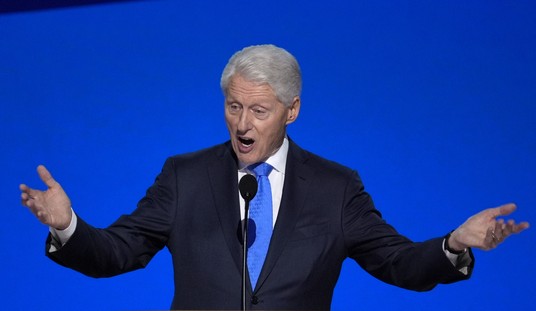The stage is set. The federal government will have to build a health care exchange that will work for half of the states in the country by October of 2013.
The implementation of ObamaCare assumed that the states would do the work of setting up individual state exchanges to provide a clearinghouse of health insurance information for the public, and provide the mechanism that triggered enforcement of the law against those employers who were accused of violations.
There are just 33 problems. That’s the number of states that have chosen to either not implement a state exchange at all or engage in a hybrid system that leaves many of the problems up to the federal government, as is the case with Illinois, Delaware and North Carolina, or which remain undecided on whether to accept the responsibility for developing the exchange.
Already, 25 states representing 45 percent of the U.S. population have told the Obama administration that they will not be spending the time, energy and effort to build a state exchange, when ultimately the federal government would have to approve virtually every decision that was made. These states have effectively told the Feds that they won’t own the vast array of problems created under ObamaCare when they won’t have the flexibility or ability to fix them.
Here’s the Kaiser map of which states will be doing state, hybrid or federal exchange.
Democratic partisans claim states punting the exchanges are making a spiteful political decision, but they ignore the fact that the federal government is nowhere near ready to deploy either a federal data hub state exchanges will have to plug into or a federal exchange. Surely the federal government, headed by the man whose legacy is staked on this project, is the least spiteful actor in this scenario, yet it’s not performing up to par, either. The feds foolishly assumed every state would build a state exchange even though, during the legislative process, they didn’t attempt to get the buy-in they’d need to assure that. In truth, the objections to building exchanges have at least as much to do with logistics as politics.
For political reasons, the Obama administration didn’t even release draft regulations for what exchange-eligible plans must cover until two weeks ago. Right now, insurance carriers are frantically running those requirements to actuaries, who are frantically pricing them, so that the carriers can then file for necessary rate-hikes with state insurance commissions across the country. The timeline has been condensed to the point that even the most willing and ready state, Maryland, is concerned about the aggressive technological build-out it has to complete this year. At a December town hall meeting about implementation in Maryland, an official with the state health care commission joked that you could identify the IT guys in the room because they were “sweating profusely.”
Others claim Republican governors are hypocritically foisting power back onto the federal government that they could have had at a state level. As the Hill write-up acknowledges, the many as-yet unwritten regulations being filled out in the federal legislation guide so many aspects of the exchange’s requirements that state power would be negligible, rendering them culpable for the system’s failures with little to no power to fix them. If states truly could opt for flexibility by building their own exchanges, Utah’s five-year-old exchange might be welcomed into the fold. Thus far, that’s not the case, though Utah is asking for consideration and is planning to keep the exchange up and running.
Most of the reporting on exchanges takes for granted that the exchanges “will do this” and “will do that,” just like a “Travelocity for health care.” Not much of it grapples with what it takes to make the exchanges do that, which is a daunting technological synching of federal government data (on a hub not yet created) with each state’s health care regulatory structures and their technological components, which would then apply a complicated sliding-scale formula never before used by the IRS to inform consumers what subsidies are available to them to buy from an array of insurance choices still being created by insurance companies, which meet a set of guidelines for Essential Health Benefits not yet finalized.
Everyone knows I’m not a fan of Obamacare, but fan or no, one must concede that seems like quite a lot for federal and state governments to accomplish smoothly before October. The law also requires customer service representatives called Navigators be trained to guide consumers seamlessly through these not-yet-existent systems. Even if the only requirement were for every state or the federal government to build a user-friendly, functioning website by October, I’d be skeptical of their ability to get there. As it is, there’s much more than that to do.
CNN on one of the reasons for refusal:
One big issue is cost: the law requires states to find their own funding for the exchanges by 2015.
This month, Maryland officials estimated a long-term cost of $33 million a year to run its exchange and suggested charging carriers an assessment to join the exchange, as well as a fee on group plans sold outside the exchange, to pay for it.
The federal government plans to charge a 3.5% fee on plans sold through exchanges it operates.
All these problems were embedded in the original bill and many of them were exacerbated by the process by which it was passed and the administration’s unwillingness to own up to regulations before the election.







Join the conversation as a VIP Member